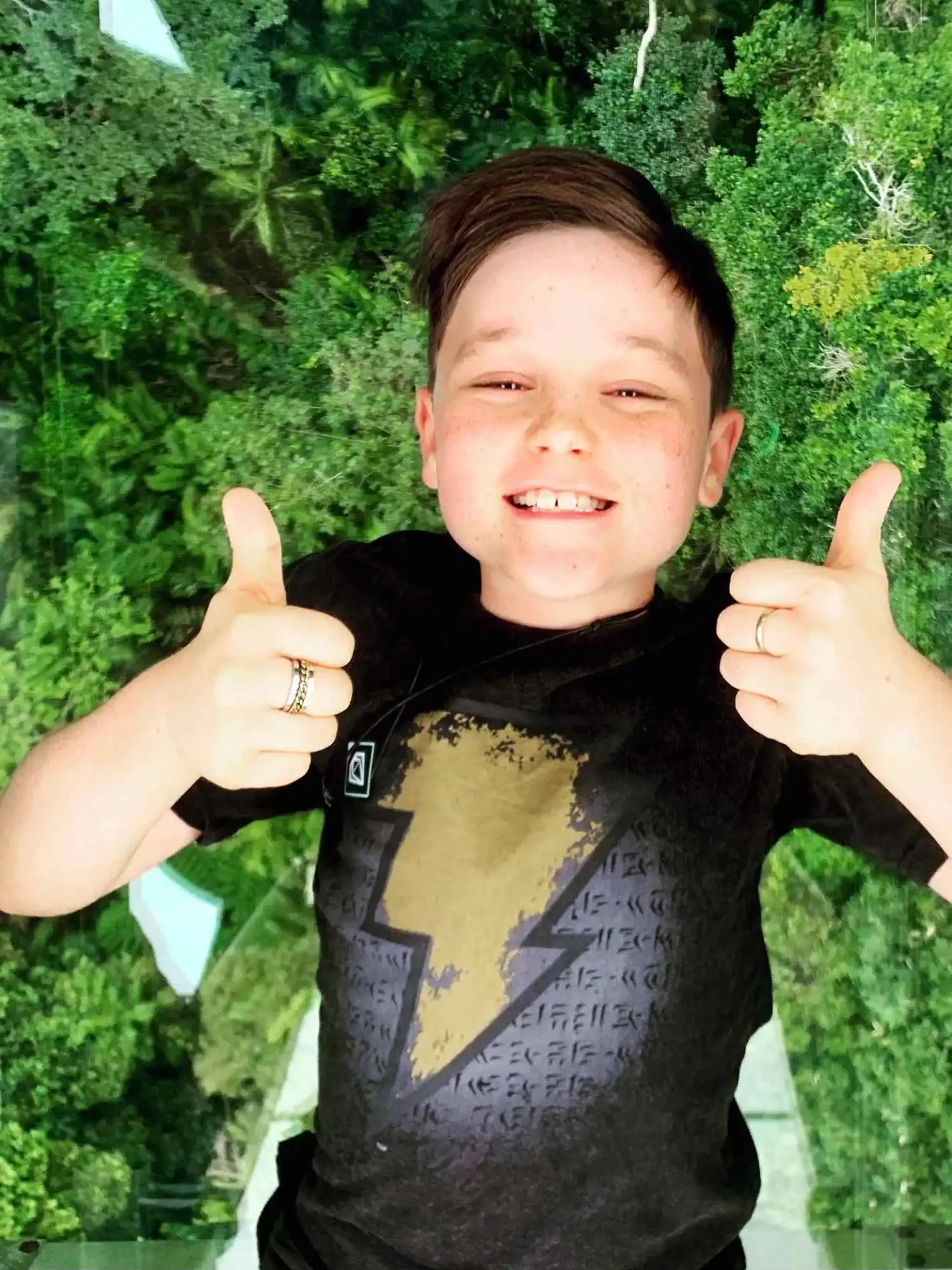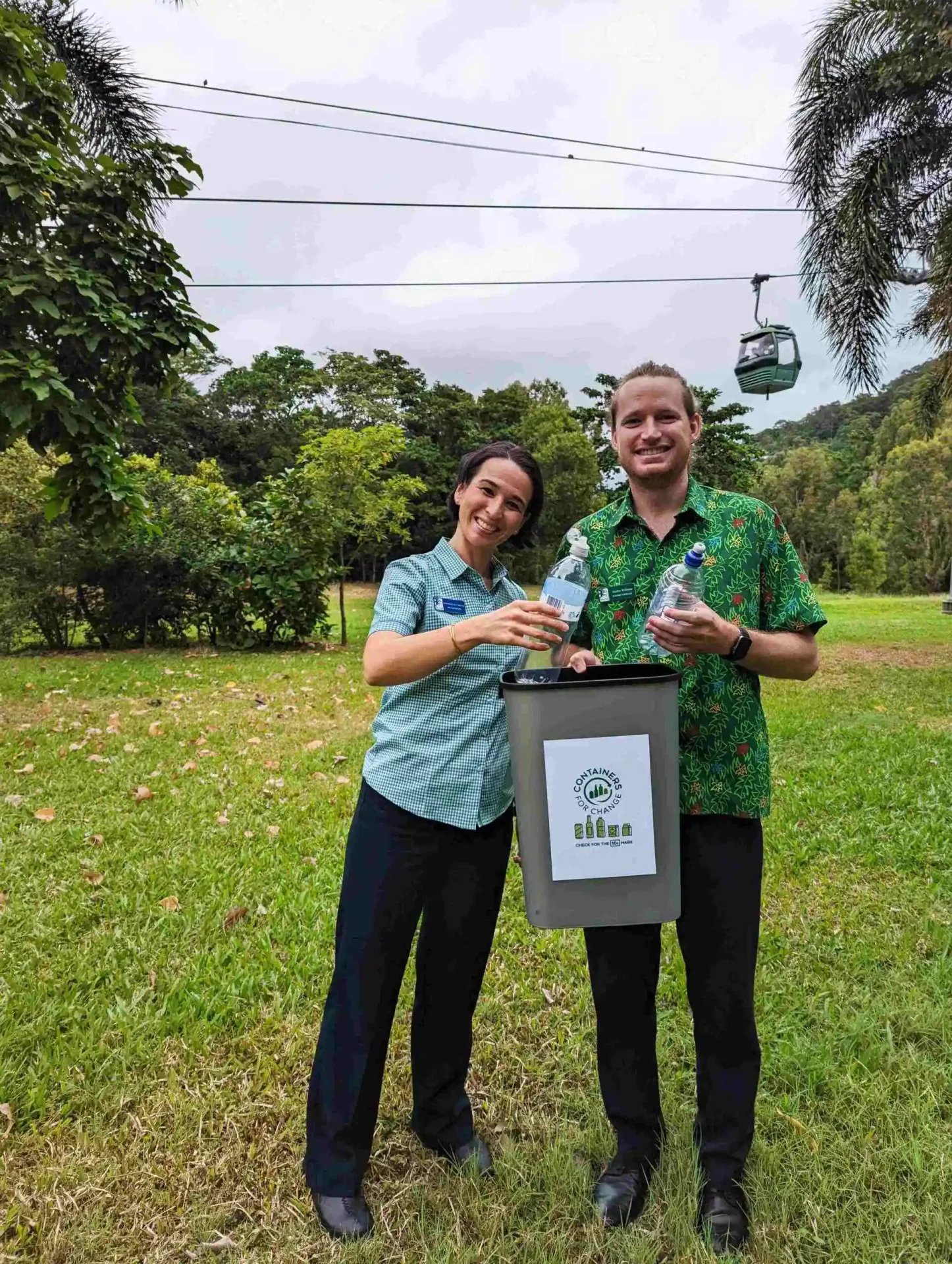The Ecology of Lakes
On the Atherton Tablelands, the lakes are mainly volcanic in origin, known as maars, created by gas eruptions through the ground.
Examples of these lakes on the Atherton Tablelands include Mt. Hypipamee, Lake Barrine and Lake Eacham. These lakes are generally isolated from other water sources and feed nearby creeks after good rain. An exception to this is Mobo Creek Crater where Mobo Creek flows into the crater. Life in these lakes includes rainbow fish, eels, archer fish, turtles and various water birds.
Lakes are a rare occurrence in Australia due to the ephemeral nature of this country’s rainfall. South East Queensland and the Wet Tropics are the main areas with any significant lakes.

Most of the nutrients are leached from the surrounding rainforest. Only the rainbow fish are original fish, all others were introduced later. There is very little aquatic plant life in these lakes due to the oligotrophic conditions (low nutrient levels).
Eutrophic lakes are lakes with plenty of nutrients and generally have diverse life in them. Very few, if any lakes in Australia are naturally eutrophic. However, fertiliser runoff and/or dying vegetation will often add unnatural amounts of nutrients to a river or lake. Since lakes are enclosed systems with varying degrees of contact with the outside world, these additional nutrients cause what we call ‘eutrophication’. This means that whatever oxygen the water contains, will be quickly depleted and the bottom of the lake will often turn anoxic and smell of rotten eggs. If conditions are still, the water will stratify, which means that there will be layers of different densities throughout the water column, based on temperature differences. Once that happens it’s quite common to have algal blooms, especially of blue-green algae. These can usually be seen as a green scum on the surface of the water.
In the case of blue-green algae, large amounts of toxins are often released, depending on the species responsible for the bloom. These toxins are usually neurotoxins (affecting the nervous system) and hepatotoxins (affecting the liver). Naturally we want to get rid of such blooms. Ideally the lake needs to be flushed out. Of course, only heavy rain over an extended period can practically achieve this. Poisoning removes the blue-green algae if done properly but the toxins will remain. Apart from a good flushing out the main course of action is chlorinating the water followed by coagulation (clumping) and filtration.
Salvinia is a serious water weed from South America that can quickly choke our waterways to death. These ferns doubling rates are enormous. They have small modified fronds filled with air and covered in special hairs that are water repellant. They have special root like structures which absorb nutrients from the water.
Salvinia has several stages in its life cycle that are easily distinguishable. The oldest stages are always largest and thickest. The mats these mature ferns create are very difficult to paddle through. In their original environment, Salvinia would reproduce at certain times of the year. These ferns have special root like structures covered in reproductive structures known as sporangiophores. Here in Australia, these structures appear to be sterile for some reason. Possibly the lack of competition has something to do with this, in addition to the lack of any serious herbivores feeding on the fronds. There is a weevil that specialises in eating these ferns but they take a long time to have an effect. Removal by hand is a time consuming process that never really gets everything out. Poisoning seems to work but has several disadvantages. The two main ones are that most other life in the lake succumbs as well, apart from it seems the tilapia!
When the dead fronds sink the released nutrients cause eutrophication after a while.
These Australian Rainforest facts were written by Tore Lien Linde.















